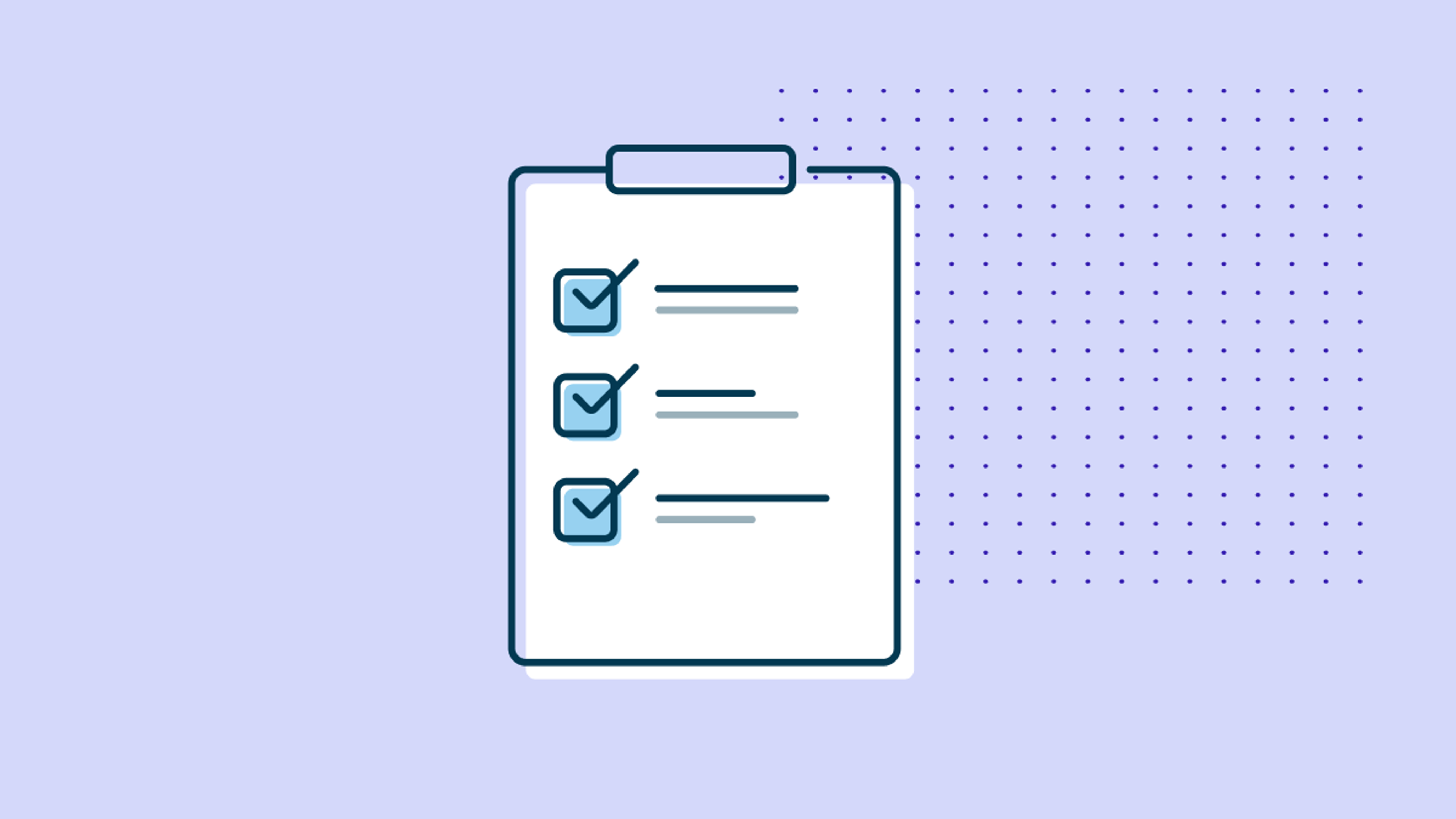3 Steps to a Smoother Plan Audit

If your plan has 100 or more participating employees, it’s time to prepare for an annual plan audit. A typical audit examines two things: compliance with various tax and regulatory requirements and the accuracy of financial reporting on the plan’s Form 5500. Whether your plan already has 100 participating employees or you anticipate growing to this size in the future, there are steps you can take now to make the audit process go more smoothly—and save you some headaches along the way.
1. Collect Important Documents
Every audit is different, depending on the nature and complexity of your plan, but one thing is certain: the auditors will want to see documentation. These documents must substantiate the amounts selected for processing contributions, benefit payments, deferral changes, and all other employee and employer contributions. As a best practice, keep the following documents in an easily accessible place:
- Adoption agreements and amendments
- Payroll files
- Benefit selection forms
- Contracts with plan service providers
- Meeting notes from the company's benefit committees, if applicable
- All other plan-related documentation
As a best practice, work with your recordkeeper to store and coordinate the delivery of these documents to the auditor.
2. Make Sure Your Plan's Operations Follow the Plan Document
Once you have collected relevant documents, verify that your plan’s operations are running as outlined. You can save considerable time by reviewing the plan documents for ambiguous provisions as well as by making sure the plan is being administered in a way that’s consistent with your intentions. This includes looking at things such as the effective date of plan amendments and current loan policy statements. Make sure the plan’s service providers also have the current plan documents and confirm they are following them.
One particular area to focus on is defining what “compensation” is eligible for deferrals and employer matches. Some plans define compensation as “all compensation reported for W-2 purposes,” which would include salary, tips, and bonuses and exclude moving expenses and deferred compensation. A mismatch can occur when the payroll system is set up without aligning with the plan’s definitions, resulting in overpayments to savers. This can be a time-consuming and expensive issue to correct down the road.
3. Automate Processes Where Possible
Manual procedures are prone to error, so evaluate areas where administration can be automated. For example, auto-enrollment and auto-escalation are effective ways to make sure that all eligible employees are aware of your retirement plan offering and have the opportunity to participate or opt out. Another good automation is around payroll integration. Ask your recordkeeper if it can obtain payroll files and data fees directly from your payroll provider so that you don’t have to spend time following up with your employees. This will minimize the risk of denying eligible employees access to the plan.
Going through a plan audit can seem like a daunting task, but taking the time to prepare in advance will make managing your fiduciary responsibilities much easier. Between collecting plan documents, ensuring you and service providers are aligned, and automating processes, you’ll establish habits that help keep your plan compliant this year and for years to come.